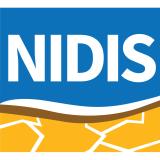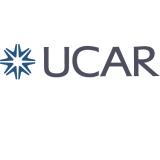Understanding, Translating, and Messaging Drought Conditions: Providing Guidance to Stakeholders During a Drought
The purpose of this webinar was to increase awareness and utilization of the new COMET training module that teaches National Weather Service (NWS) operational staff to review the appropriate drought products and tools, then craft effective and regionally-specific drought messaging.
NWS employees left the webinar with clear guidance on how to translate NWS and other common drought monitoring and prediction products and improve their communication and messaging to the public.





